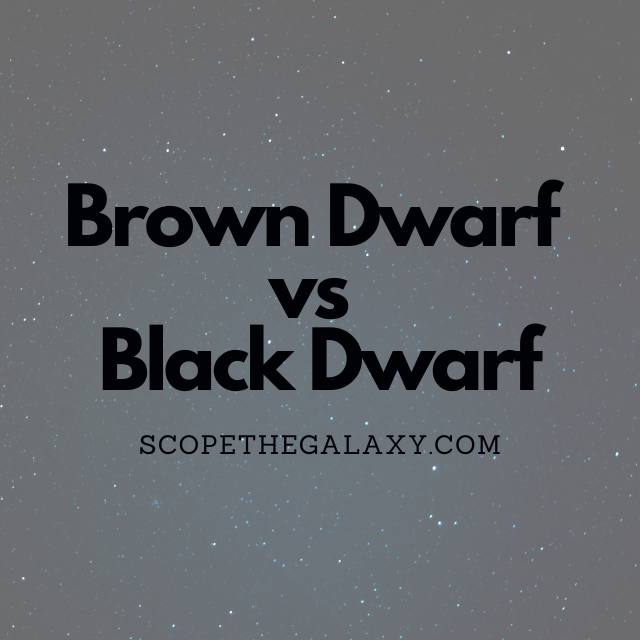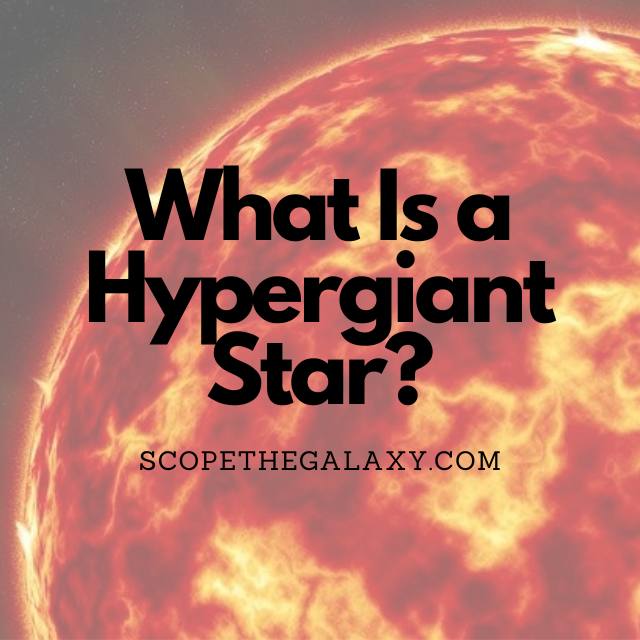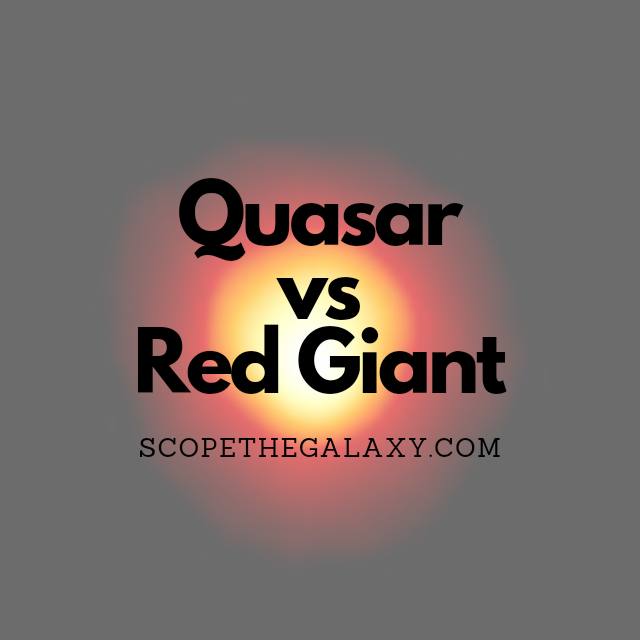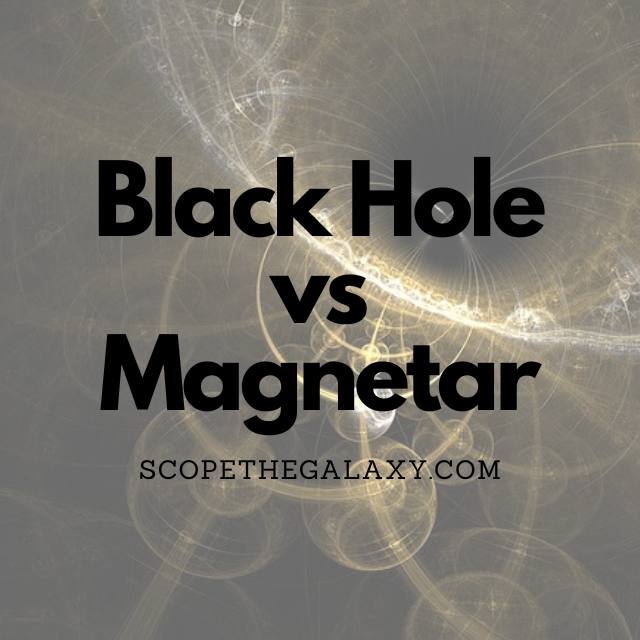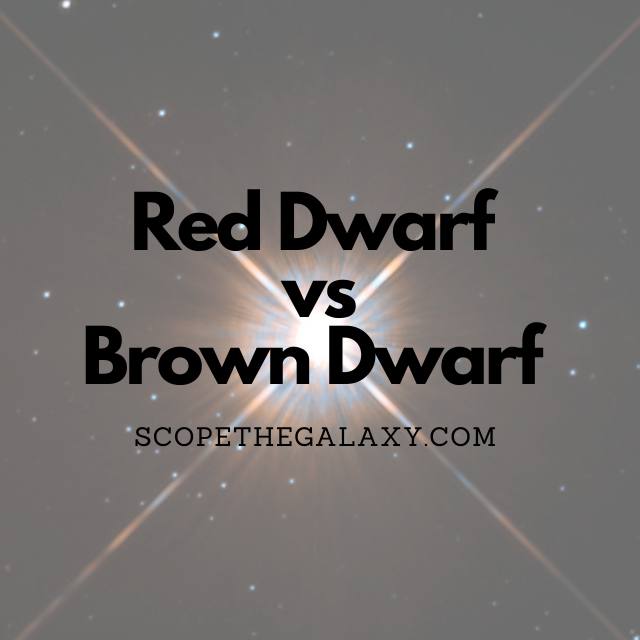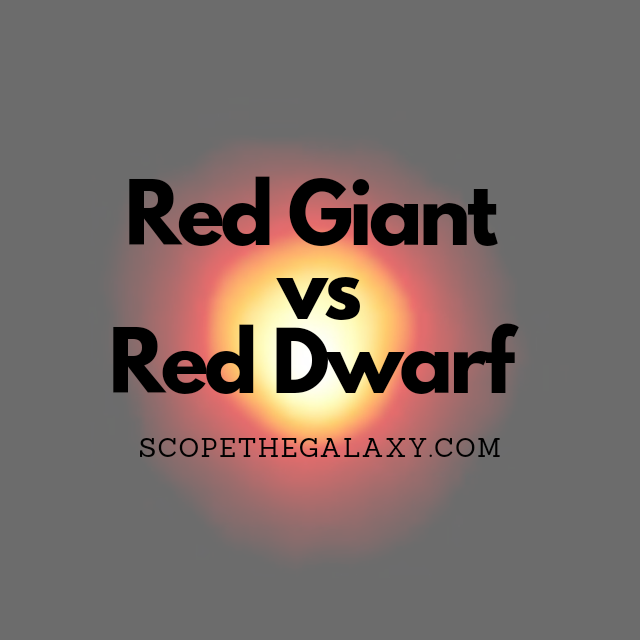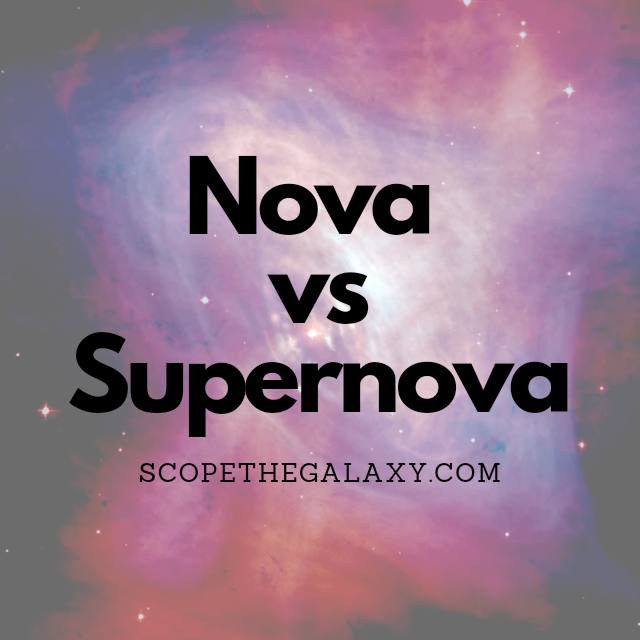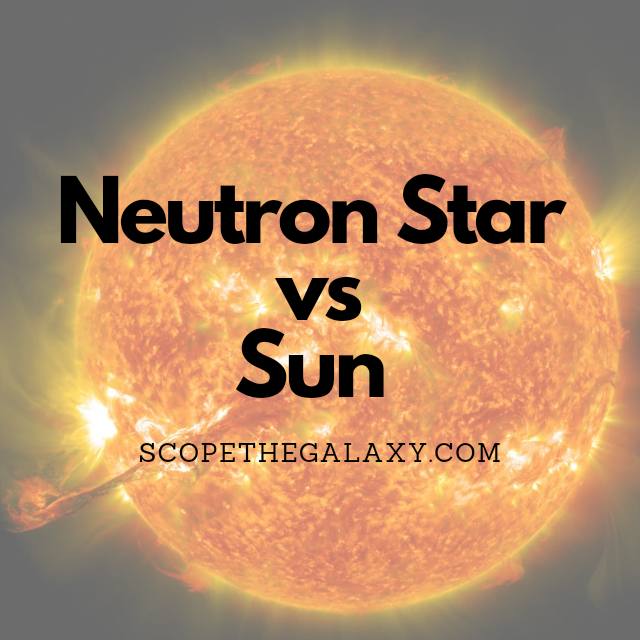Brown Dwarf vs Black Dwarf (How Are They Different?)
The main differences between the two is that a brown dwarf is a failed main sequence star which due to its inadequate mass, is unable to convert hydrogen to helium whereas a black dwarf is the stellar remnant of a white dwarf (which itself is a remnant of a dead star) when it goes completely … Read more

